Lake Jackson Ecopassage
This divisive system of turtle tunnels was built to save animals stranded after a highway split a lake in half.
Though not much to look at, the Lake Jackson Ecopassage is huge in several regards.
Located in northern Leon County, Lake Jackson is internationally known for sport fishing and for the trophy large-mouth bass that swim in its shallow waters. The 4,000-acre lake is normally about seven feet deep, but has two major sinkholes that are each approximately 28 feet deep. These sinkholes cause wide fluctuations in water levels, so much so that the lake fully dries out about every 25 years.
Designated as an Aquatic Preserve by the State of Florida, Lake Jackson also boasts a variety of wetland habitats, and thus has a high diversity and abundance of wildlife living in its waters and on surrounding shores. Especially abundant at Lake Jackson are birds, amphibians, and reptiles.
In the 1920s, a state highway was constructed on the western side of Lake Jackson. This highway, which would have been illegal to build under present-day environmental laws, effectively separated the lake into two parts. Now a four-lane road, the highway is traveled by more than 22,000 cars per day.
Driving along the road in February of 2000, Matt Aresco, a doctoral graduate student in herpetology at Florida State University, noticed some dead turtles in the roadway. Stopping to take a look, he spent several hours moving remains from the roadway and, in that one afternoon, collected 90 carcasses from the eastern side of highway 27. Deciding to take action, Aresco and a group of volunteers began spending countless hours monitoring the stretch of roadway, transporting turtles across, and petitioning for a permanent solution. In the first 40 days, before they were able to construct a temporary fence, they discovered 439 dead turtles. In the first five years of monitoring, volunteers hand-collected, measured, and transported 8,800 turtles across the road; in the same time period, 11,178 dead animals and reptiles were found. With a 98% mortality rate, this area of roadway had the highest documented road mortality (for animals) of any in the world.
Temporary fences were constructed to divert animals–mostly turtles–to a culvert that ran under the roadway. These fences helped to reduce the number of casualties; however, some turtles were able to climb over, and the fences had to be replaced because of damage by animals, flooding, and general wear-and-tear. After years of petitioning, approval for construction of the Ecopassage — consisting of a solid polymer wall with two additional culverts under the roadway and at a cost of $3.4 million — was granted through federal stimulus money. The Ecopassage gained federal media attention when a Senator from Oklahoma pointed it out as an example in a criticism of wasteful spending.
The Ecopassage — often referred to as the “turtle tunnel” or “that damn turtle tunnel” by those with opposing views on the project — was completed in August 2010.
Know Before You Go
US-27N at Lake Jackson. Near the boat landing.



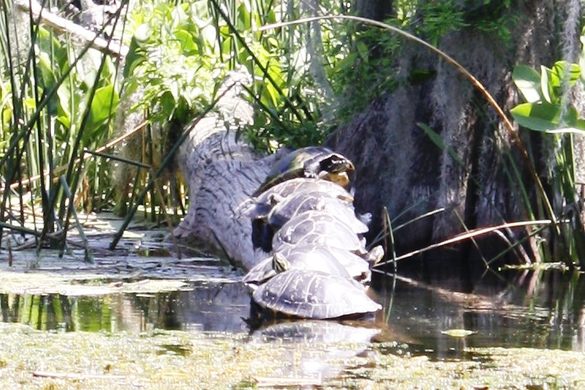





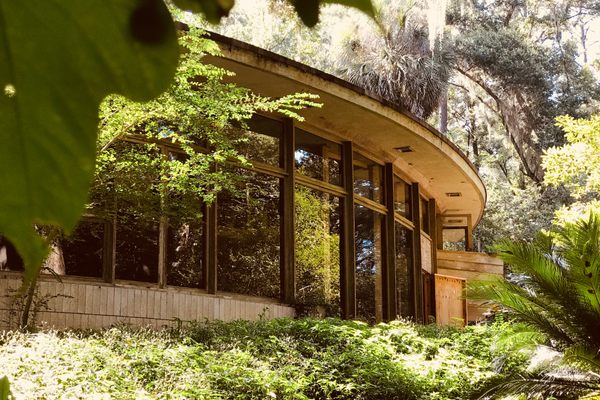
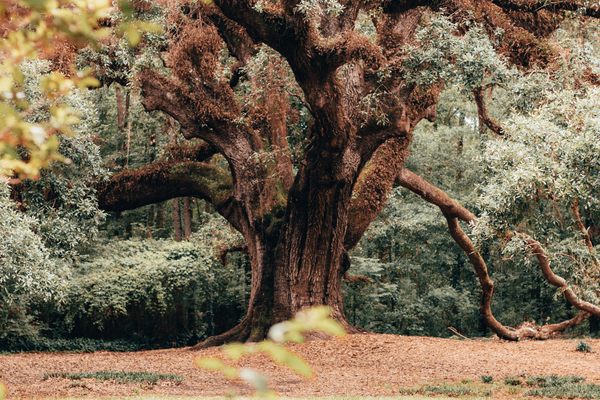

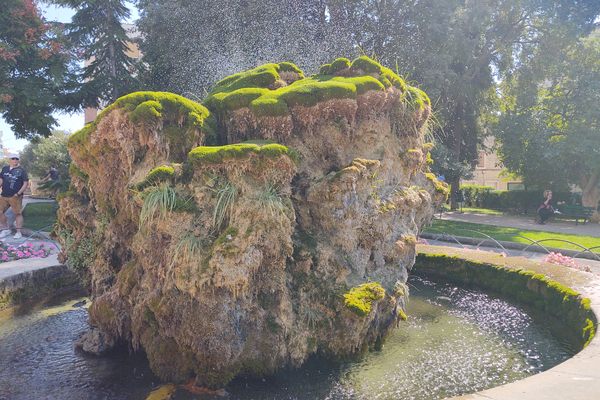

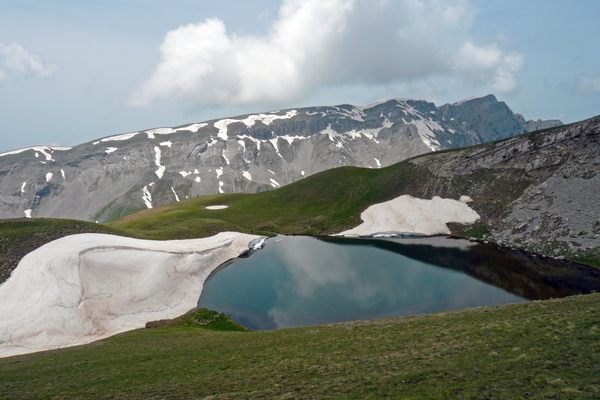
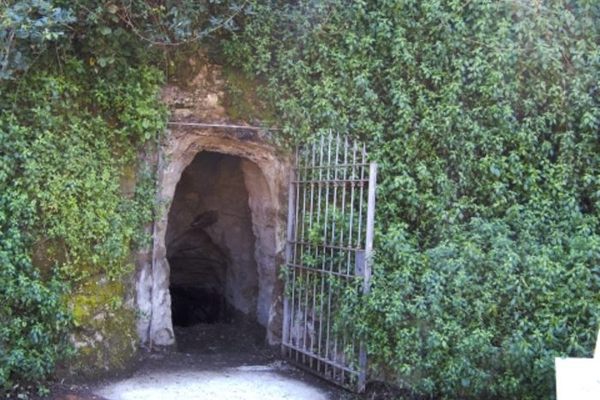

Follow us on Twitter to get the latest on the world's hidden wonders.
Like us on Facebook to get the latest on the world's hidden wonders.
Follow us on Twitter Like us on Facebook